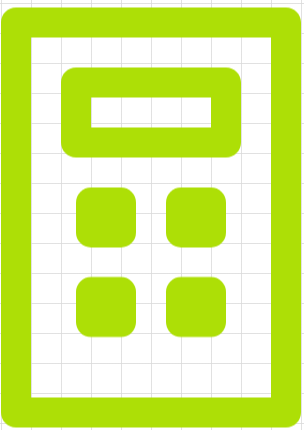Applying Mathematics in Practical Contexts
Subtraction is undeniably an integral mathematical operation that we often take for granted. While it’s introduced early in our educational journey, its real-life applications are vast and varied. From computing the money left after spending to determining the time difference between time zones, subtraction finds its utility. Word problems, specifically, become an effective tool to understand subtraction within various real-life scenarios.
Diving Deeper into Word Problems
Word problems, by nature, are designed to contextualize mathematical operations. They successfully create a link between the theoretical aspects of mathematics and its tangible applications in our day-to-day life. For learners, these problems offer both a challenge and an insight, emphasizing the importance and applicability of subtraction in diverse contexts.

Check Out Our Free Subtraction Worksheets
Decoding the Structure of a Subtraction Word Problem
Understanding the structure and language of subtraction word problems can simplify the solving process. Look out for key phrases or structures that hint towards subtraction:
- Difference – Often, questions will ask about the difference between two numbers, signaling a need for subtraction.
- Left or Remaining – These terms indicate that something has been reduced or taken away.
- Used or Spent – Direct terms that call for a subtraction operation.
Delving into Subtraction Word Problem Examples
Example 1: Peter initially had 80 apples. After selling some at the local market, he was left with 35. How many apples did he sell?
This problem directs us to subtract the number of apples left from the original amount to find out how many were sold:
80 – 35 = 45.
Peter sold 45 apples.
Example 2: A city’s reservoir had 10,000 liters of water. Due to a dry spell, 3,250 liters evaporated over a week. How much water is left in the reservoir?
To determine the remaining amount of water, subtract the evaporated quantity from the initial:
10,000 – 3,250 = 6,750.
The reservoir has 6,750 liters of water left.
Example 3: In a factory with 7,000 workers, 4,785 workers are on day shifts. How many are on night shifts?
Find the difference between total workers and day shift workers:
7,000 – 4,785 = 2,215.
There are 2,215 workers on night shifts.
Strategies to Navigate Subtraction Word Problems Efficiently
- Comprehend the Problem’s Essence: Before diving into calculations, grasp the central question and what it seeks.
- Highlight Crucial Information: Emphasize key numbers or data to simplify your approach.
- Visualization: Sometimes, sketching a rudimentary picture or diagram can offer clarity.
- Employ Estimation: Providing a rough estimate can guide your final calculation.
- Review: Ensure to revisit the problem post-calculation to guarantee that the solution aligns with the query.

Free Math and English Worksheet Generators
Potential Challenges in Grasping Subtraction Word Problems
Navigating subtraction word problems can be intricate initially, especially when the problem presents redundant information or demands multiple computational steps. However, through consistent practice and exposure, the ability to discern and resolve such problems becomes an acquired skill.
Summary
Subtraction word problems, while seemingly complex, grant us the capability to apply theoretical math to genuine, practical situations. As we continually engage with these problems and harness the outlined strategies, not only does our understanding of subtraction deepen, but we also become adept at utilizing this skill in various real-world contexts. It’s essential to remember that subtraction isn’t solely a mathematical operation; it’s a tool that aids us in making informed decisions based on discerned differences.